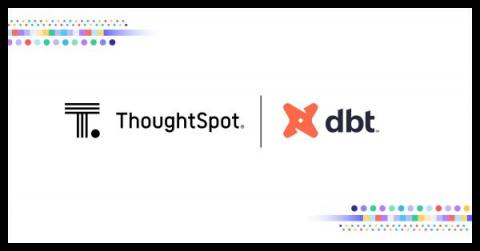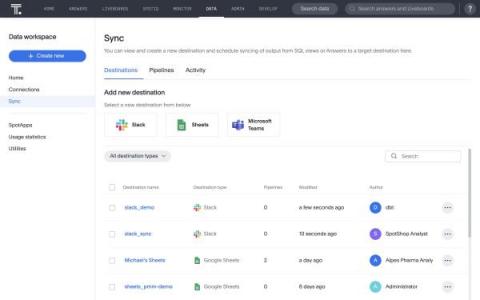Build data apps with Streamlit + ThoughtSpot APIs
I’ve been following the Streamlit framework for a while, since Snowflake announced that they would acquire it to enable data engineers to quick spin up data apps. I decided to play around with it and see how we could leverage the speed of creating an app along with the benefits that ThoughtSpot provides, especially around the ability to use NLP for search terms. Streamlit is built in Python.











